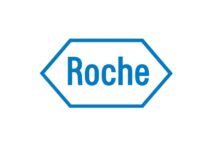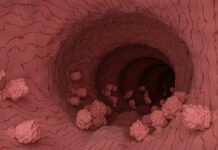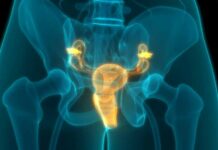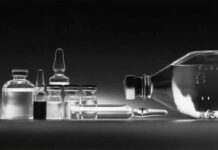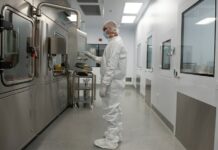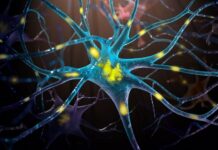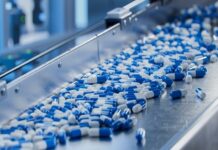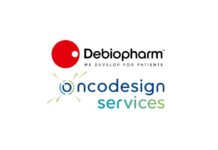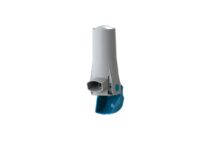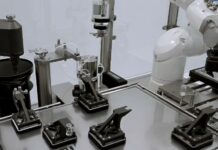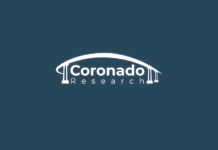The capacity of a cell line to create a biologic that is both safe and stable in large numbers may be considerably improved by the use of a variety of procedures by those who develop pharmaceuticals. On the other hand, as the pharmaceutical industry evolves toward increasingly complicated biologics, drug researchers are required to build cell line development (CLD) techniques that are even more robust in order to guarantee the effective creation of protein treatments that are challenging to express.
Other recombinant-protein products are on the increase, despite the fact that monoclonal antibodies (mAbs) continue to dominate the biologics pipeline in 2024. mAbs constitute the biggest and most prevalent type of therapeutic proteins that are now being used in clinical settings. Bispecific antibodies (bsAbs), Fc-engineered antibodies, antibody-drug conjugates (ADCs), single-chain variable fragments (scFvs), and single-domain antibody fragments (also known as “nanobodies”) are all emerging as the next generation of biologics. These biologics offer a number of benefits, including enhanced targeting, functionality, tumor penetration, pharmacokinetics, and decreased immunogenicity.
In most cases, non-mAb medicines are difficult to express and have been associated with poor levels of output. To be more specific, the molecular geometry of asymmetric bsAbs may promote the development of antibody-related impurities, which are brought about by the co-expression of the various antibody chains. On the other hand, boosting productivity is always vital in order to cut down on production costs and increase efficiency.
Optimising CLD for difficult-to-express biologics may be accomplished by a variety of methods, which drug developers can take into consideration according to their preferences. This is where I contemplate four.
The use of genetic engineering
The creation of a strong cell line that is capable of generating output that is efficient, dependable, and consistent is the foundation upon which the manufacture of biologics is built. When choosing a cell line, it is essential to pay careful thought to the particular biologic in order to guarantee a proper match.
CHO cells continue to be a popular option, accounting for more than 70 percent of the recombinant proteins that are created. This is despite the fact that various cell lines have been developed for the production of biologics. There is a high degree of conservation between CHO cell lines and nature, and they are able to adapt effectively to shifting environmental circumstances. In addition to this, they are simple to scale and widely understood, and there is a wealth of literature accessible on them.
Complex biologics, such as non-mAb proteins, would often have lower expression levels in CHO cells due to the fact that they are artificially made. In order to solve these problems, the makers of biologics may want to investigate modifying the DNA of the core cell line. This would allow them to enhance control over cellular apoptosis and cell cycle progression (in order to prevent premature cell death), as well as cellular chaperones and ribozymes (in order to ensure that antibodies are modified in the correct manner once they have been translated). Using tools for editing the genome, such as CRISPR-Cas, zinc finger nucleases (ZFNs), or transcription activator-like effector nucleases (TALENs), it is possible to accomplish this goal.
It is possible to enhance protein solubility and, as a result, boost product output by introducing genes that are responsible for the creation of chaperone proteins. On the other hand, CHO-based expression systems may potentially benefit from the modification of cells to increase the amount of recombinant protein output at low temperatures. By expressing recombinant proteins at lower temperatures, it is possible to greatly increase their solubility, stability, and biological activity. This is particularly true for proteins that are prone to aggregation or misfolding, which may be considerably improved by expression at lower temperatures.
Peptides of signaling that are suitable for selection
Signal peptides are responsible for directing the nascent protein into the secretory route so that it may undergo correct folding and post-translational modifications. Both of these processes are essential for the effectiveness, efficiency, and quality of the final output.
It is possible for incorrect signal peptides to result in inappropriate processing, which may then lead to heterogeneous N-terminal sequences and cause the integrity of the product to be compromised. Inefficient translocation, which is caused by poor signal peptides, may also result in cytoplasmic buildup of the protein, which can then lead to aggregation and destruction.
In terms of their ability to direct the protein to the secretory route, various signal peptides have variable degrees of efficient targeting. Additionally, medication developers are required to carefully adjust the signal peptide in order to improve the secretion levels and total yield of the recombinant protein that is created when they are developing proteins that are difficult to express.
Algorithms optimized for codon optimization
Drug developers are able to build synthetic gene sequences that enhance protein production in the particular host organism of their choice by using codon optimization techniques. Here are some options:
identifying and replacing rare codons in the coding sequences with synonymous codons that are preferred by the expression host, such as CHO cells, in order to improve overall expression yield, influence local translation rates, which in turn impacts co-translational folding and assembly, promote homogeneous expression of the desired bispecific form, and reduce heterogeneous byproducts that are produced.
Methods of machine learning, including recurrent neural networks and deep learning, are now being used in order to understand the patterns of codon usage included within genomic data and to make predictions about the best codons.
Optimization independent of genetics
Utilizing characteristics such as low temperature, pH control, medium selection, and feeding strategy are examples of non-genetic optimization techniques that may be used to increase productivity in CHO cell lines that are already in existence. This technique is similar to genetic modification. The expression potential of native CHO production cell lines is maximized by the use of several process improvements, which act in conjunction with one another. In spite of this, it is required to carry out a design of experiment (DoE) in order to assess several CHO cell lines. This is due to the fact that different clones display varied responses to changes in the processes that are involved in cell growth. The core of the DoE is the development of a scale-down cell culture model that correctly replicates manufacturing at a larger scale.
It is imperative that pharmaceutical companies and medication developers are ready for the considerable hurdles that are posed by expression as the number of non-mAb biologics that are now in the pipeline continues to rise. It is possible for drug developers to increase the amount of difficult-to-express biologics, cut manufacturing costs and time, and finally deliver these new medicines to patients if they optimize the CLD process.



